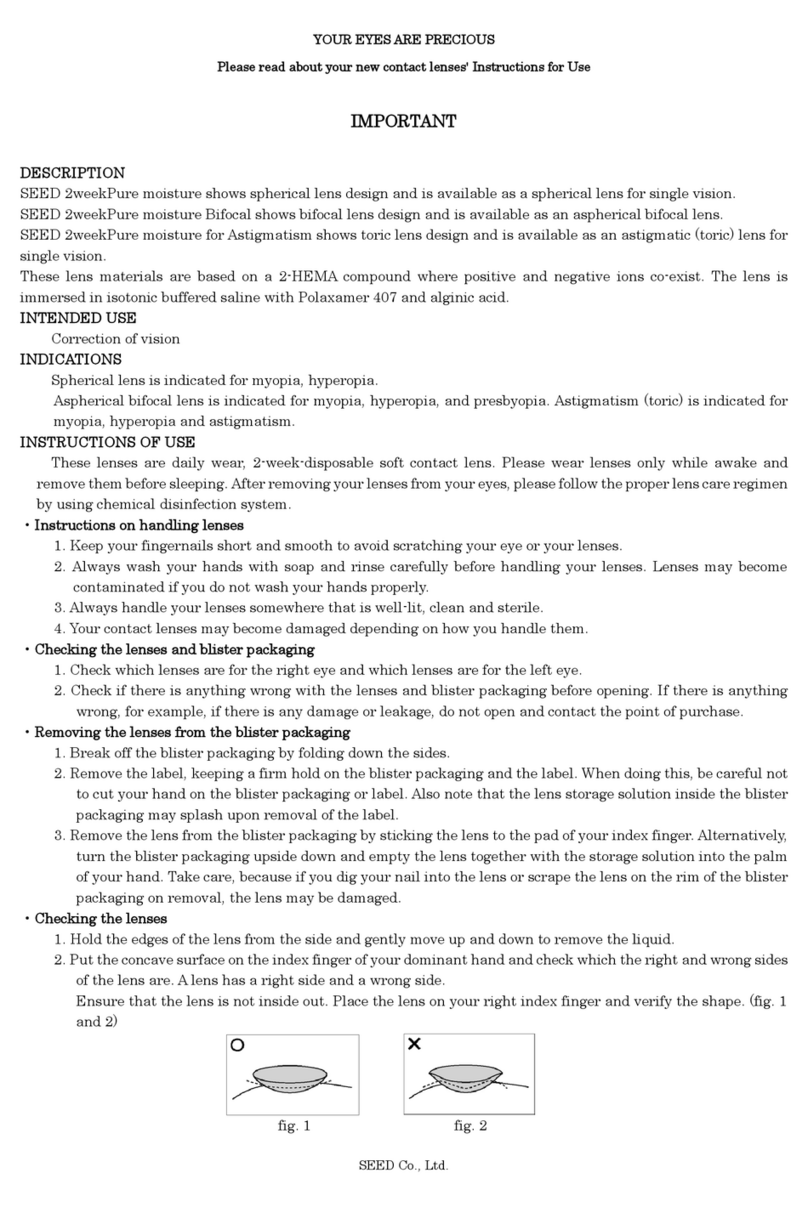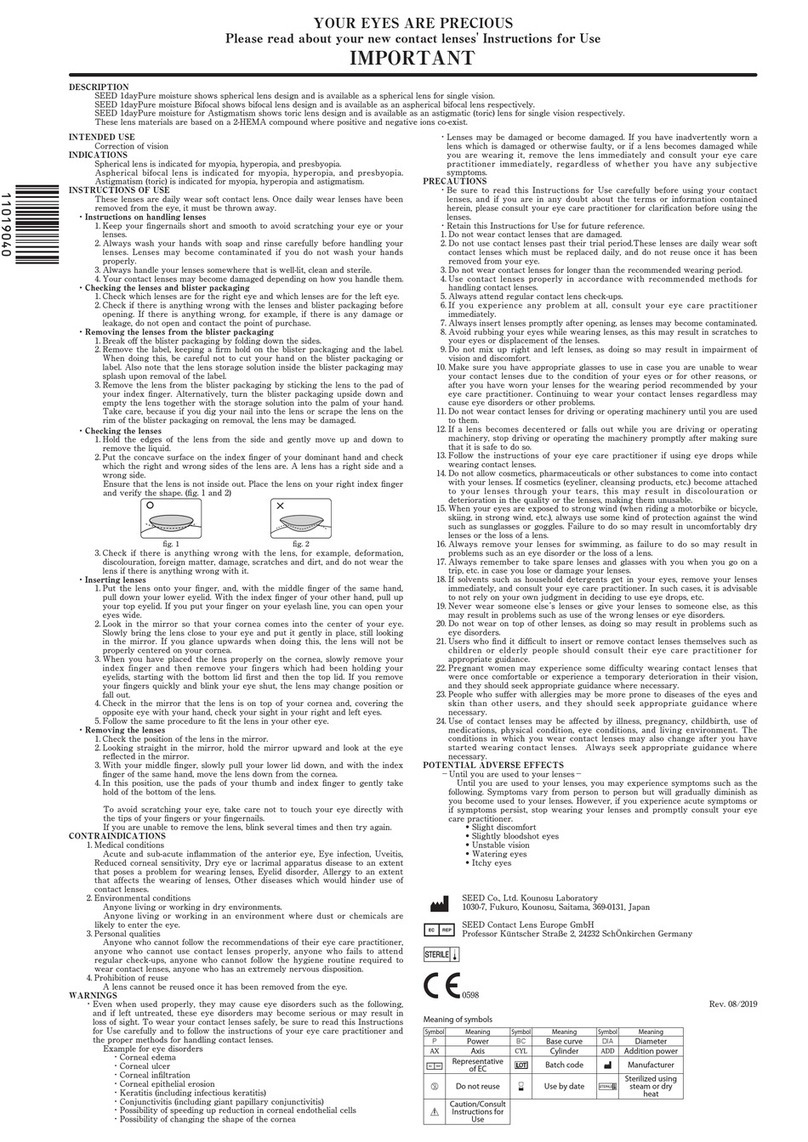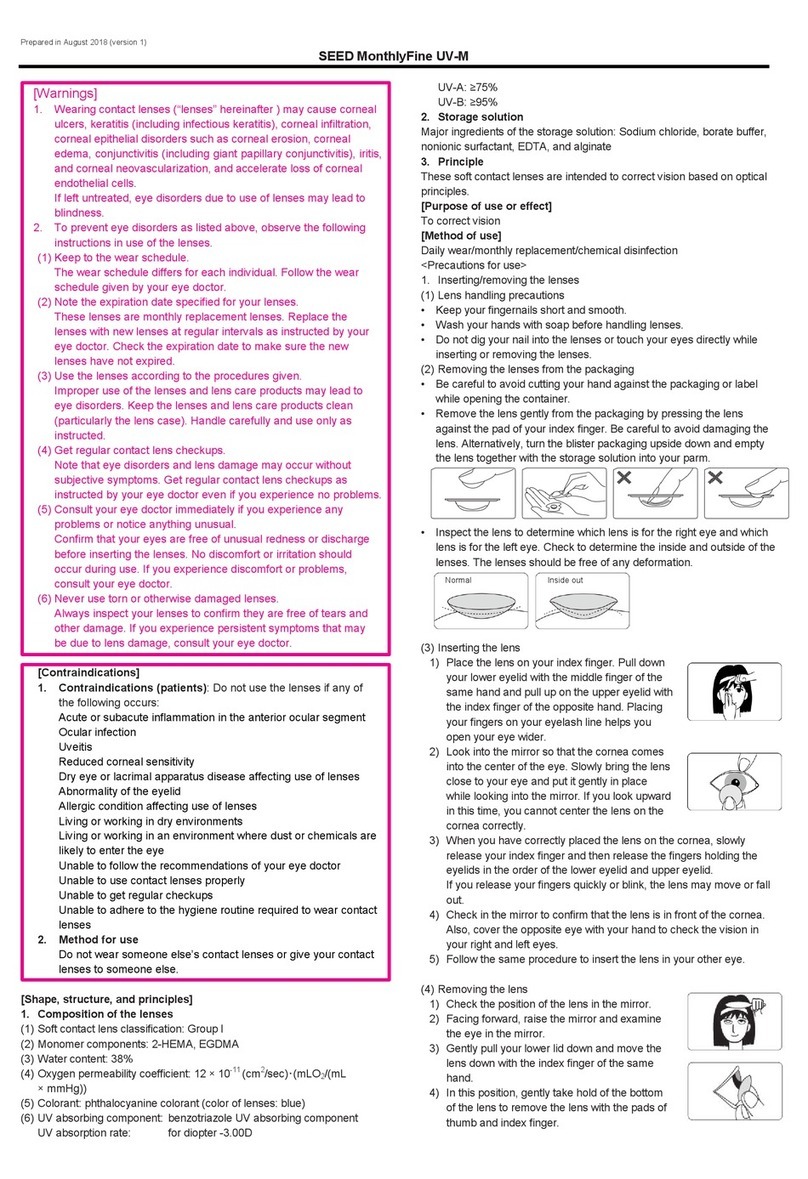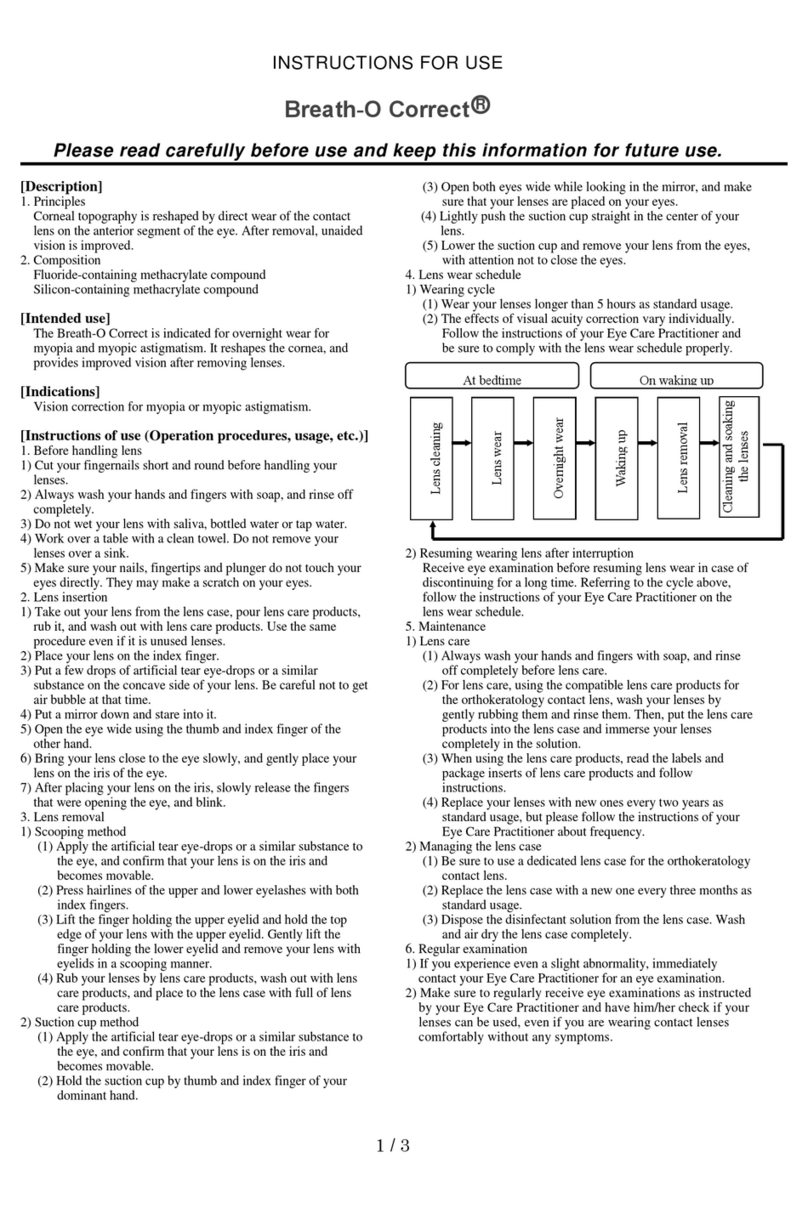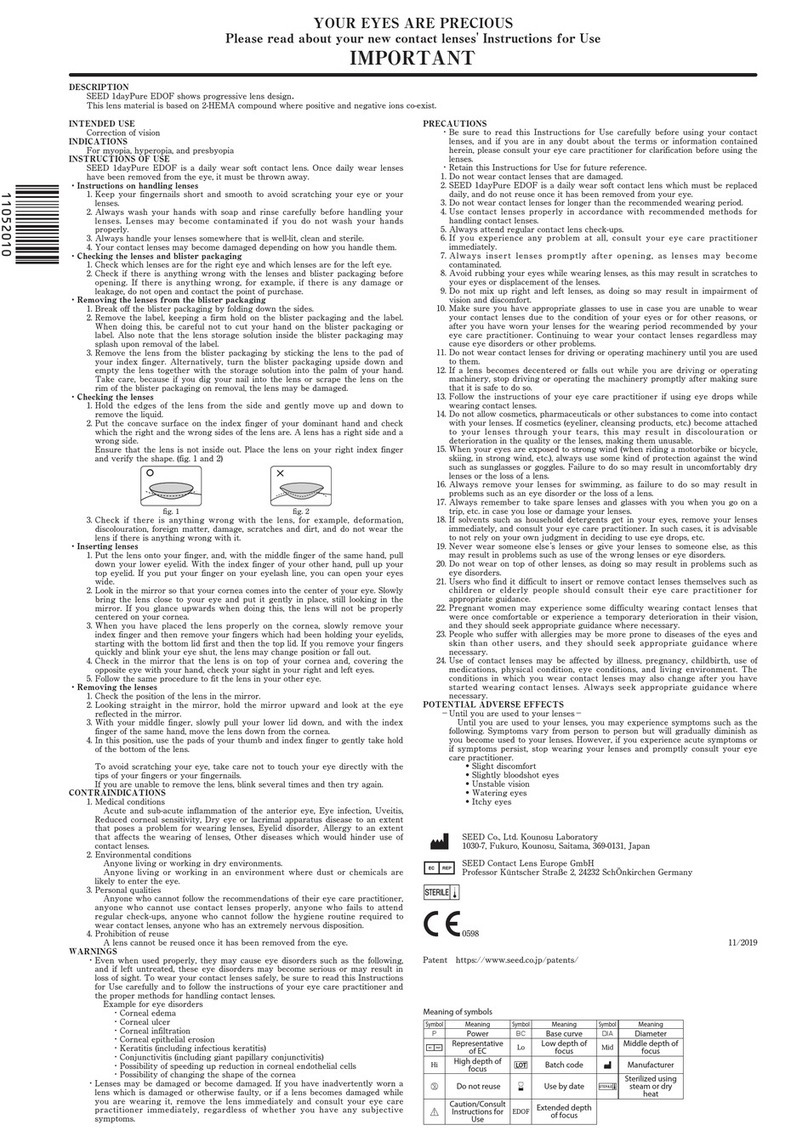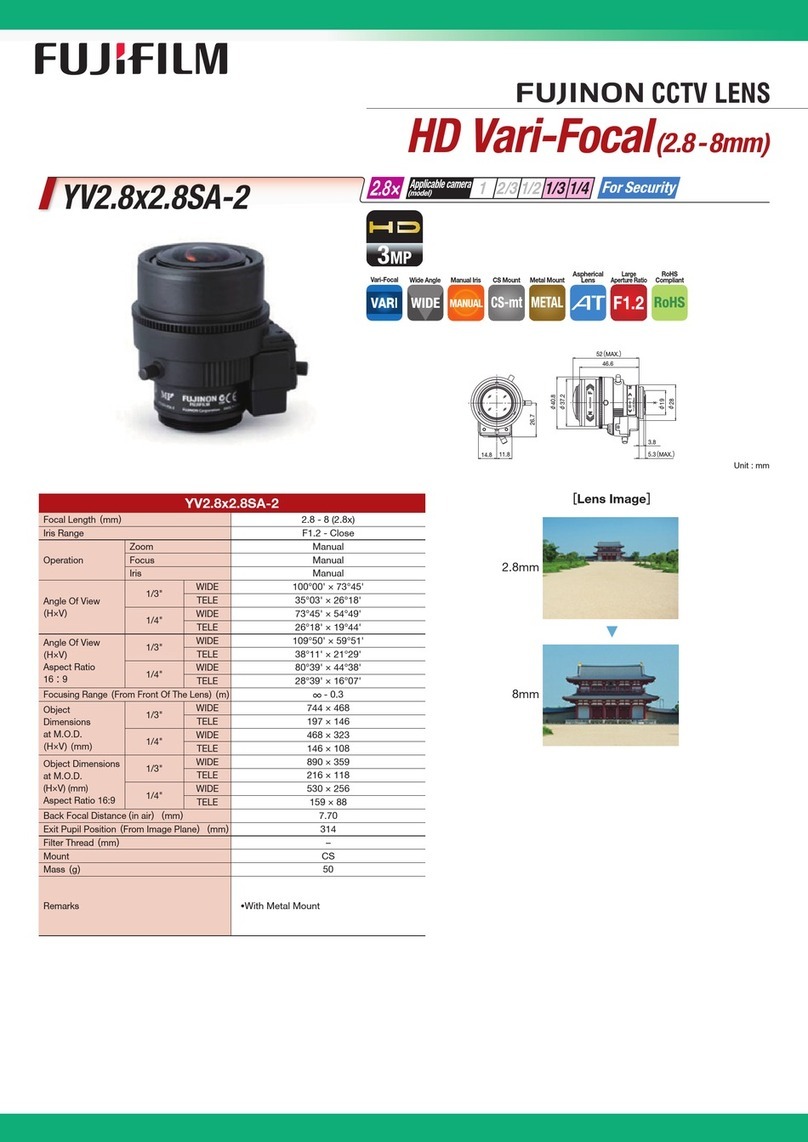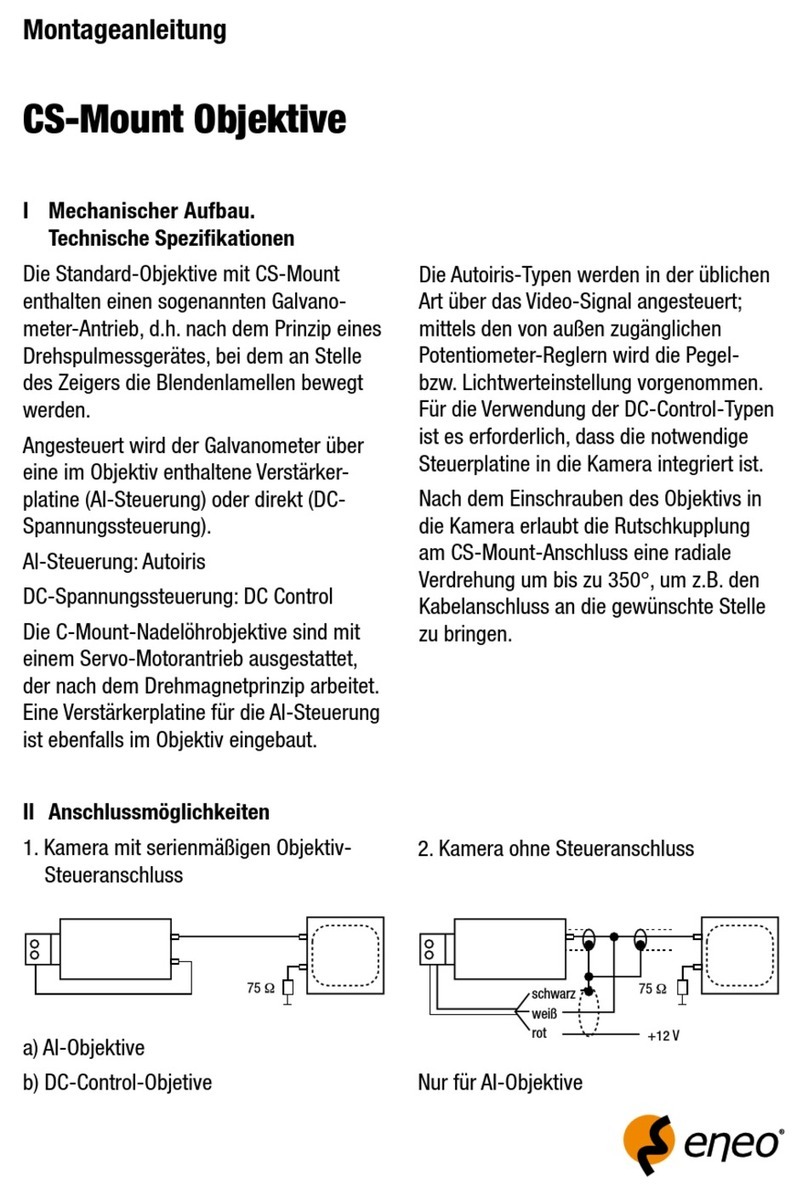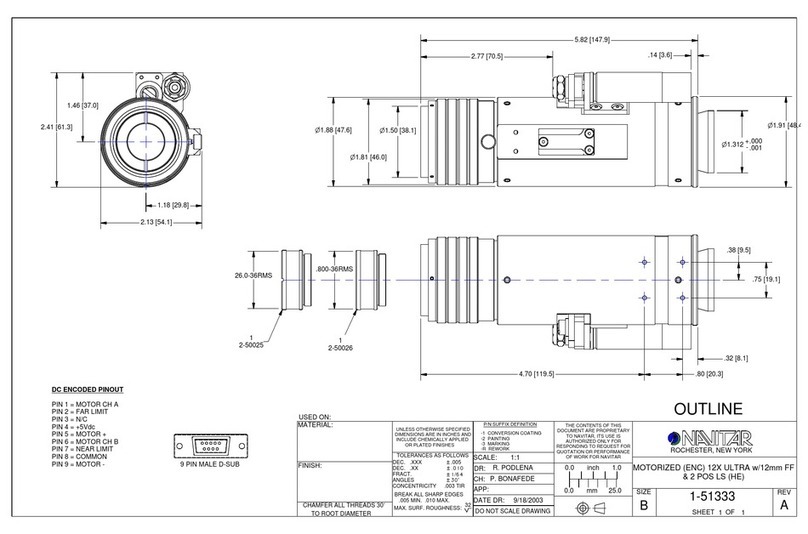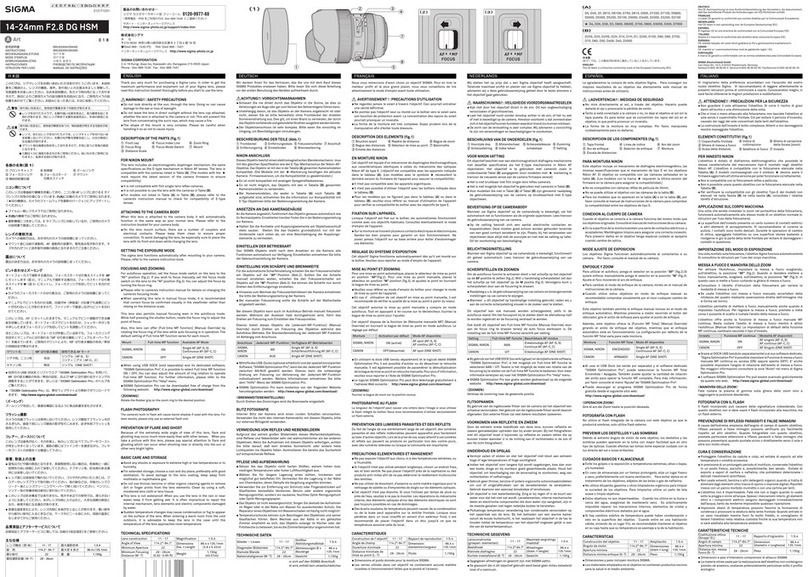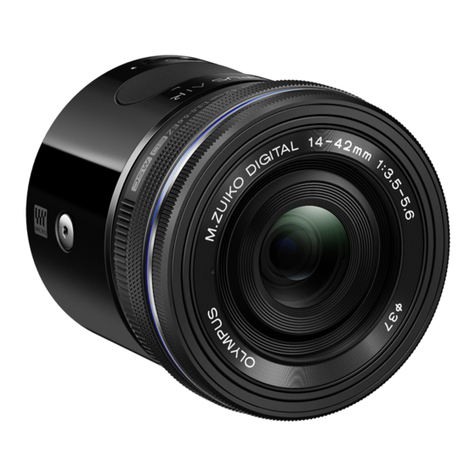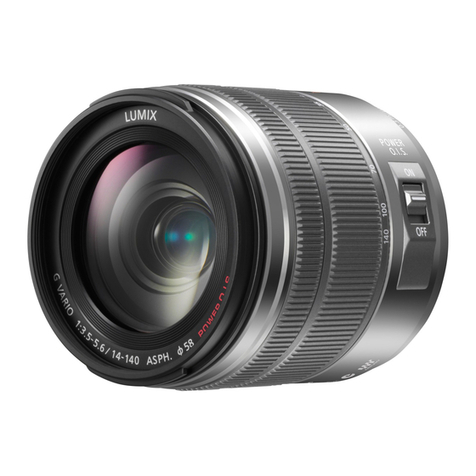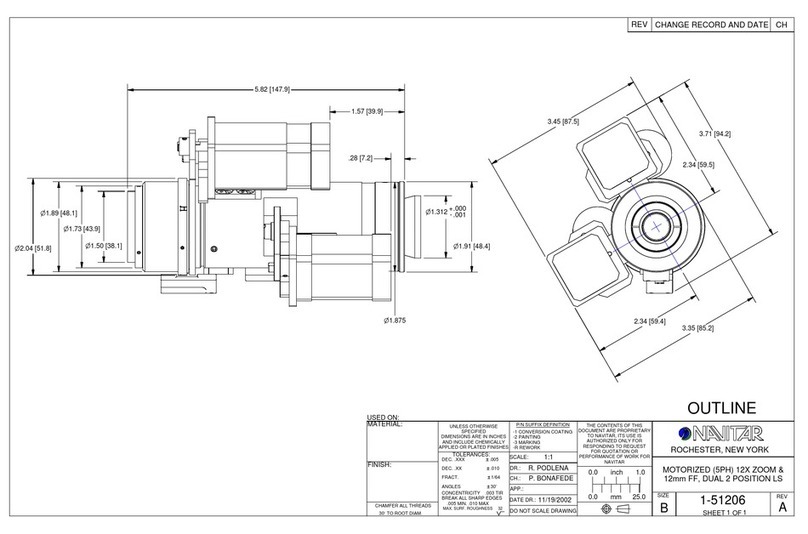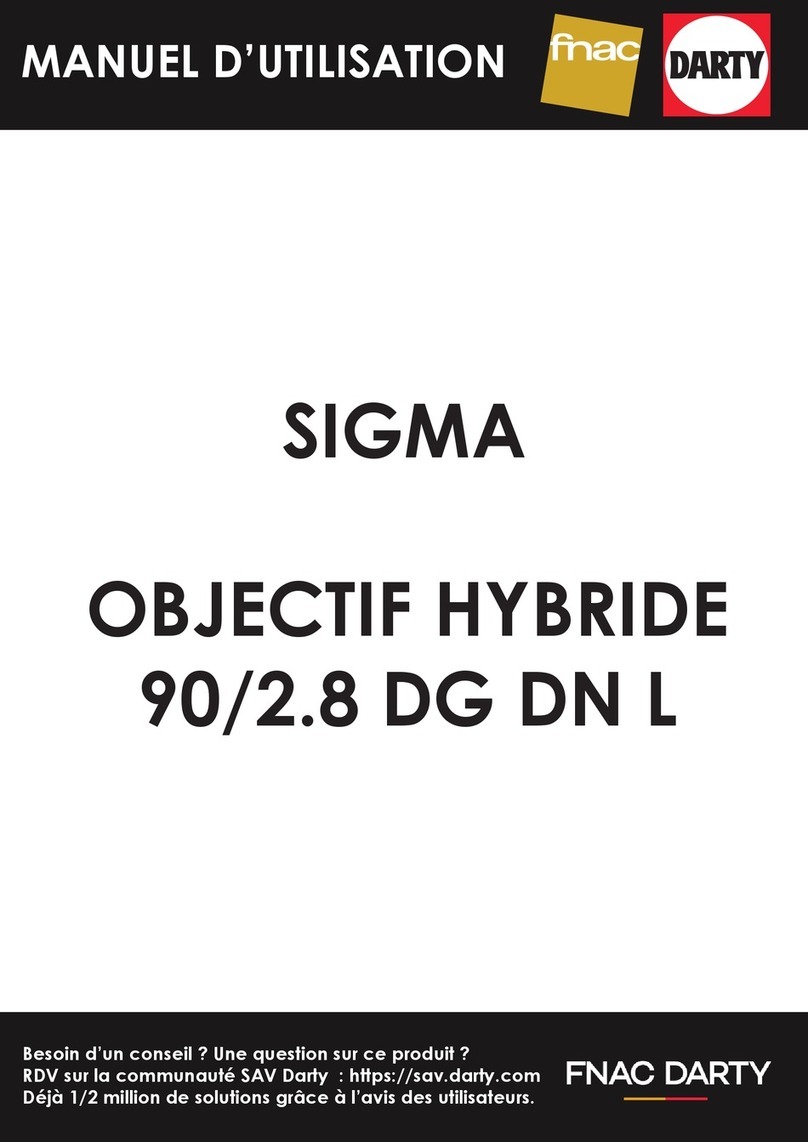Seed Iris Lens User manual

SEED Iris Lens
Revised August 2017 (version 4) (revision based on new guidelines)
Revised November 2013 (version 3) (revision based on new guidelines)
[Warnings]
1. Wearing contact lenses (“lenses” hereinafter) may lead to corneal ulcers, keratitis
(including infectious keratitis), corneal infiltration, corneal epithelial disorders such as
corneal erosion, corneal edema, conjunctivitis (including giant papillary conjunctivitis),
iritis, and corneal neovascularization, and accelerate loss of corneal endothelial cell
density.
If left untreated, disorders due to use of lenses may lead to blindness.
2. To prevent eye disorders, observe the following instructions when using and handling
lenses
(1) Keep to the specified wear schedule.
The wear schedule differs for each individual. Follow the wear schedule specified by
your eye doctor.
(2) Use the lenses according to the procedures given.
Improper use of the lenses and lens care products may lead to eye disorders. Keep
the lenses and lens care products clean (particularly the lens case). Handle carefully
and use only as instructed.
(3) Get regular contact lens checkups.
Note that eye disorders and lens damage may occur without subjective symptoms.
Get regular contact lens checkups as instructed by your eye doctor even if you
experience no problems.
(4) Consult your eye doctor immediately if you experience any problems or notice
anything unusual.
Confirm that your eyes are free of unusual redness or discharge before inserting the
lenses. No discomfort or irritation should occur during use. If you experience
discomfort or problems, consult your eye doctor.
(5) Never use torn or otherwise damaged lenses.
Always inspect your lenses to confirm they are free of tears and other damage. If you
experience persistent symptoms that may be due to lens damage, consult your eye
doctor.

[Contraindications]
1. Contraindications (patients): Do not use the lenses if any of the following applies:
Acute or subacute inflammation in the anterior ocular segment
Ocular infection
Uveitis
Reduced corneal sensitivity
Dry eye or lacrimal apparatus disease affecting lens use
Abnormality in the eyelids
Allergic disease affecting lens use
Living or working in dry environments
Living or working in an environment where dust or chemicals are likely to enter the eye
Unable to follow the recommendations of your eye doctor
Unable to use contact lenses properly
Unable to get regular checkups
Unable to follow the hygiene routine required to wear contact lenses
2. Method of use
Do not wear someone else's lenses or give your lenses to someone else.
[Shape, structure, and principles]
1. Composition of the lenses
(1) Spoft contact lens classification: Group I
(2) Monomer component: 2-HEMA, HPMA, and dimethacrylate compound with urethan
(3) Water content: 35%
(4) Oxygen permeability coefficient: 12 × 10-11 (cm2/sec)・(mLO2/(mL × mmHg))
(5) Colorant: Azo colorant
Coloring method: Staining
Color of lens: Up to two colors are available: brown (3 types), and black (1 type).
2. Storage solution
Major ingredients of the storage solution: Sodium chloride, phosphate buffer, and EDTA
3. Principle
These soft contact lenses are intended to correct vision based on optical principles. In
addition, iris coloring provides cosmetic treatment for special cases and alleviates
photophobia.
[Purpose of use or effect]
To correct problems affecting visual acuity in ametropic eye and aphakia; cosmetic
treatment of central opacity, cosmetic iris function assist, alleviation of photophobia and
pain relief in special cases (albinism, leukoma, coloboma iridis, iris deformation, aniridia,
iris heterochromia, mydriasis, photophobia and vesicular keratitis)
[Method of use]
Daily wear/chemical disinfection or disinfection by boiling water

<Precautions for use>
1. Inserting/removing the lenses
(1) Lens handling precautions
•Keep your fingernails short and smooth.
•Wash your hands with soap before handling lenses.
•Do not dig your nail into the lenses or touch your eyes directly while inserting/removing the
lenses.
(2) Removing the lenses from the packaging
•Pull up the plastic cap to peel off the aluminum cap.
•Be careful to avoid cutting your hands or fingers on the aluminum cap while opening the
container.
•Remove the rubber stopper and turn the vial upside down to empty the lens together with
the storage solution into your palm.
•Check to determine the inside and outside of the lenses. The lenses should be free of any
deformation. If you use the lenses in both eyes, also confirm which lens is for the left eye
and which lens is for the right eye.
(3) Inserting the lens
1) Place the lens onto your index finger. Then, pull down on your lower eyelid with the
middle finger of the same hand, and pull up on the upper eyelid with the index finger of
the opposite hand. Placing your fingers on your eyelash line helps you open your eye
wider.
2) Look in the mirror so that the cornea comes into the center of the eye. Slowly bring the
lens close to your eye and put it gently in place while looking in the mirror. If you glance
upward in this time, you cannot center the lens on the cornea correctly.
3) When you have placed the lens properly on the cornea, slowly release your index finger
and then release the fingers holding the eyelids in the order of the lower eyelid and upper
eyelid. If you release the fingers quickly or blink, the lens may move or fall out.
4) Confirm that the lens is in front of the cornea. Check in the mirror, or cover the opposite
eye with your hand to check your sight in your right and left eyes.
5) If you use the lenses in both eyes, follow the same procedure to fit the lens in the other
eye.
(4) Removing the lens
Normal
Inside out

1) Check the position of the lens in the mirror.
2) Facing front, raise the mirror and look at your eye in the mirror.
3) Gently pull down on the lower lid with the middle finger and slide the lens down with the
index finger of the same hand.
4) In this position, gently take hold of the bottom of the lens to remove the lens with the
pads of the thumb and index finger.
2. Wear schedule
(1) This lens is a daily use type. Wear these lenses only while awake. Remove them before
going to bed.
(2) The time and wear schedule required to become accustomed to the lenses varies from
person to person. Follow the instructions given by your eye doctor to accustomize to your
lenses at the optimal pace for you.
[Exemplary schedule]
Days
1
2
3
4 to 6
7 and thereafter
Hours
6
8
10
12
All waking hours
(12 to 14 hours)
(3) In cases in which contact lens use is suspended for:
•Less than a week: Start with shortened use by 2 to 4 hours.
•A week or more: Start with the above schedule as in the first use.
•A month or more: Consult your eye doctor before starting to use the contact lenses.
3. Lens care
Cleaning and disinfection is essential after using soft contact lenses. You can disinfect
with chemical disinfectant or by boiling. Observe the following precautions:
•Gently and thoroughly rub both sides of the lens.
•Rinse the lens before wearing.
•Use up MPS within a month after opening if using it.
•Do not reuse the disinfectant or storage solution.
•Do not transfer the disinfectant or storage solution to another container.
You must follow the detailed descriptions in Instruction for Use (Package Insert) and
Labeling.
4. Storage of lens case
•After using the lens case, throw out the disinfectant in the case, wash well and dry it in
the air.
•Replace the lens case with a new one regularly.

5. Regular checkups
Get regular checkups one week, one month, and three months after the first use, and
then every three months, or according to the instructions of your eye doctor.
[Precautions]
1. Important basic precautions
(1) You must read this Instructions for Use carefully before using your contact lenses and
keep it for future reference.
(2) Consult your eye doctor if you have an allergic disease. Allergic conditions may increase
the likelihood of adverse events.
2. Problems/adverse events
The following problems and adverse events may occur:
(1) Problems
Lens: Tearing, scratches, deposit (dirt), deformation (bending) and
discoloration
Storage solution: Empty, discoloration/alteration
Package: Breakage, liquid leakage, soiling, and wrong number of lenses in the
packaging
(2) Adverse events
Corneal ulcer, corneal abscess, corneal perforation, corneal infiltration, corneal erosion,
keratitis, corneal epithelial disorders such as corneal epithelial staining, corneal edema,
corneal neovascularization, conjunctivitis, subconjunctival hemorrhage, iritis, hordeolum,
meibomitis, chalazion, ptosis, accommodative asthenopia, dry eye, and loss of corneal
endothelial cells
<Symptoms and countermeasures>
•Do not use forcibly if your eyes are not in good condition or you are unwell.
•Try the following countermeasures if you experience any of the following symptoms
while using the lenses.
If symptoms persist, immediately consult your eye doctor.
Symptoms
Countermeasures
Foreign body sensation, pain,
itching, clouding, unusual eye
discharge, and unusual
redness of the eyes
•Check the lenses. Replace with new ones if they are
damaged or torn.
•If the lens appears dirty, gently rub and rinse the lens.
•If the symptoms occurred after extended periods of
wear, try wearing them for shorter periods.
Unstable visual acuity, difficulty
in seeing, and eye strain
•Check which lens is for the left eye, which lens is for
right, and inside/outside of the lenses and reinsert the
lenses correctly.
•If the lens appears dirty, gently rub and rinse the lens.
•If the symptoms occurred after extended periods of
wear, try wearing them for shorter periods.

Feeling of dryness
•Blink several times to produce more tears.
•Use eye drops for soft contact lenses.
3. Use by pregnant, parturient and breastfeeding women and children
(1) If you use medication or eye drops or if you are pregnant or have just given birth, consult
your eye doctor. Your condition may affect lens use.
(2) A child should use the lenses under the supervision of parents.
4. Use by elderly people
For use by an elderly person or a person having difficulty in wearing the lenses by
him/herself, consult the eye doctor for appropriate instructions.
5. Other precautions
(1) Take spare lenses and glasses with you in case you lose or have to stop using the lenses.
(2) Before traveling abroad, check conditions at your destination and bring the lenses and
lens care products required or determine how to buy them there.
(3) Put on make-up after inserting the lenses and remove the make-up after removing the
lenses.
(4) Do not allow cosmetics to come into contact with the lenses.
(5) It is advisable to use artificial tears, without preservatives, for soft contact lenses while
wearing the lenses. Other eye drops should be used under instructions of your eye doctor.
(6) Remove the lenses before swimming.
(7) Wear contact lenses for driving or operating machinery only after you are used to them.
If a lens dislodges or falls out while you are driving or operating machinery, stop driving
or operating the machinery promptly after making sure that it is safe to do so.
(8) The vision through these lenses is different from that through glasses or unifocal contact
lenses. If your vision varies according to brightness or change in brightness, consult your
eye doctor.
(9) If your eyes are exposed to strong wind, use some kind of protection against wind (e.g.,
goggles).
(10)If you get anything in your eye while wearing the lenses, immediately remove them.
Consult your eye doctor if you notice symptoms.
(11)Do not wear one lens on top of another lens.
[Storage and expiration period]
1. Storage: Store at room temperature avoiding direct sunlight and freezing.
2. Expiration period: Indicated on the labeling. Open the package and use before the
expiration period on the labeling.
Example: EXP.2021.08 means “Expires in August 2021.”
[Maintenance]
Consult your eye doctor about usage limits at the regular checkups.

[Name of Marketing Authorization Holder and Manufacturer]
<Marketing Authorization Holder>
SEED Co., Ltd.
2-40-2 Hongo, Bunkyo-ku, Tokyo
Phone (switchboard): 03-3813-1111
[Contact information]
<Inquiries about symptoms>
For symptoms related to use of the contact lenses, consult the eye doctor who prescribed
the lenses.
<Inquiries about products>
We make every effort to ensure quality. However, if you should find any abnormality in the
lens or packaging, keep the product without using it and consult your eye doctor or supplier.
* Package labeling
P
Power
滅菌済
Sterilized using steam or dry heat
BC
Base curve
高度
Specially-controlled medical device
DIA
Diameter
LOT
Batch code
T/CT
Lens center thickness
EXP.
Use by date
Other Seed Lens manuals
Popular Lens manuals by other brands

Canon
Canon EF-S18-135mm f/3.5-5.6 IS STM manual

Nikon
Nikon AF-S Zoom-Nikkor ED 14-24mm/F2.8G (IF) Repair manual
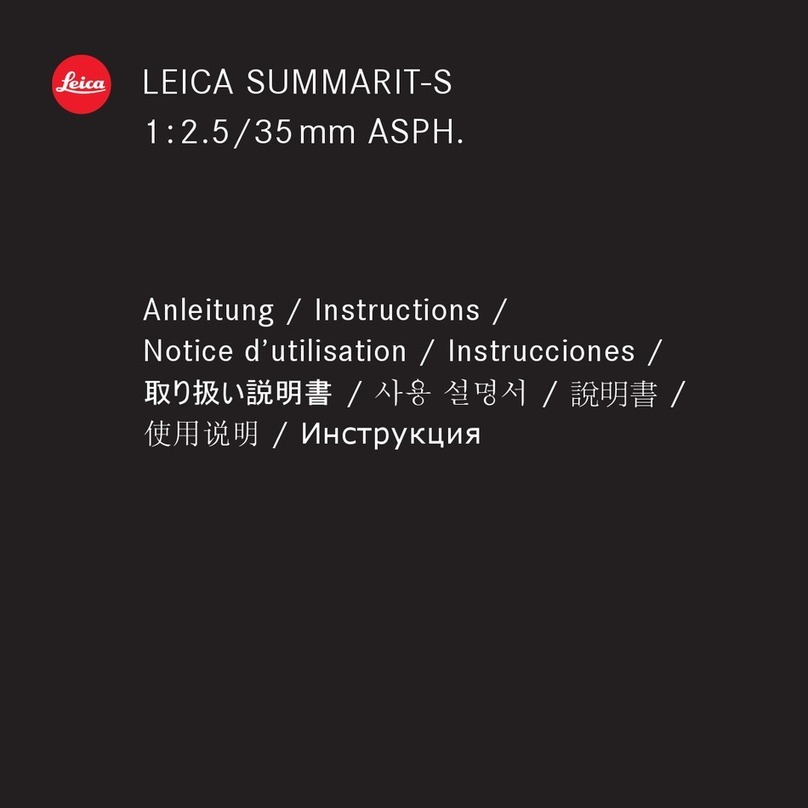
Leica
Leica SUMMARIT-S 1:2.5/35mm ASPH instructions

Mitsubishi Electric
Mitsubishi Electric OL-XL2550MZ Replacement manual

Vivitar
Vivitar 500MR F/6.3 instruction manual

Canon
Canon KJ10EX4.5B IRSE Operation manual

